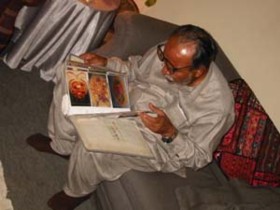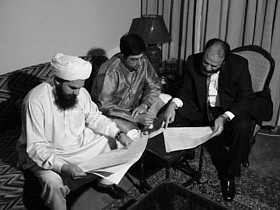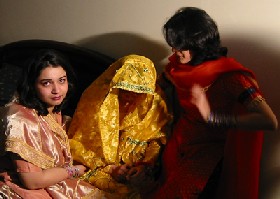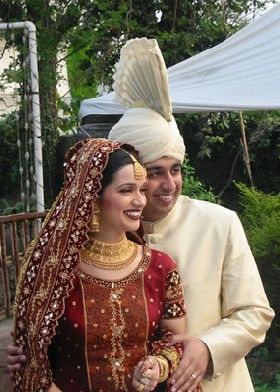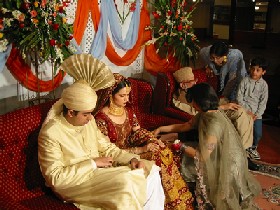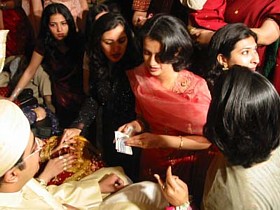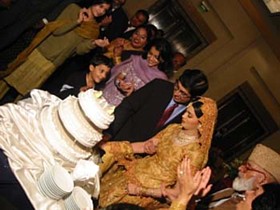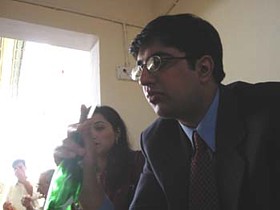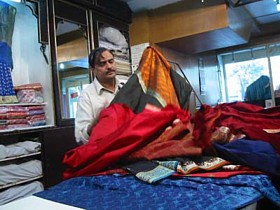 | |
| { My Dad and Uncle Discussed the Merits of Waiting Another Week } Rehan Nasir I spent my only two weeks of vacation this year in Pakistan for my brother Imran's wedding, eating feasts every night, dancing and having my picture taken what seemed like hundreds of times. Weddings in Pakistan are a much larger and more extravagant affair than in America—they're also three long evenings instead of one day. |
|

